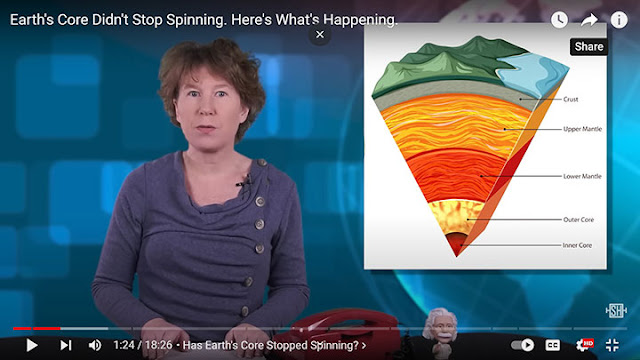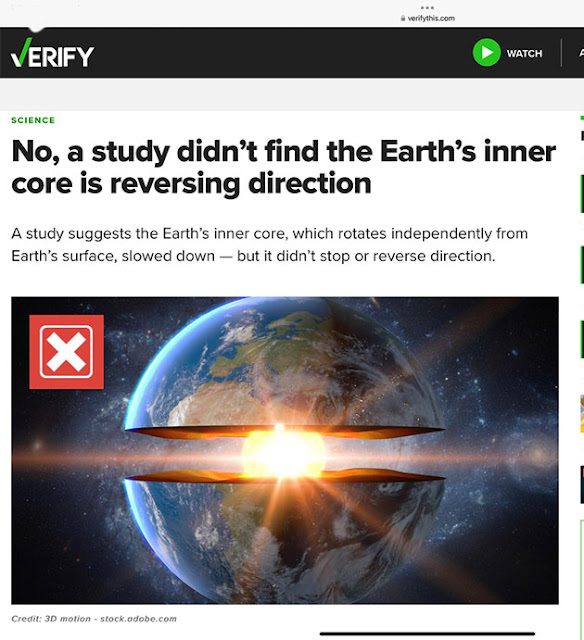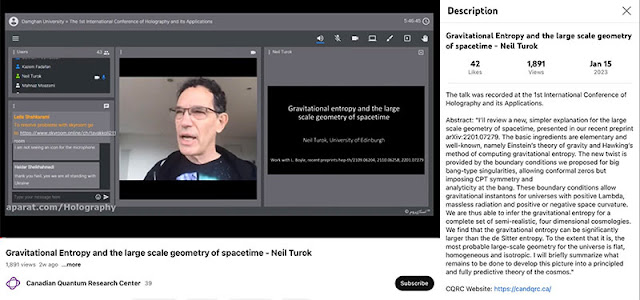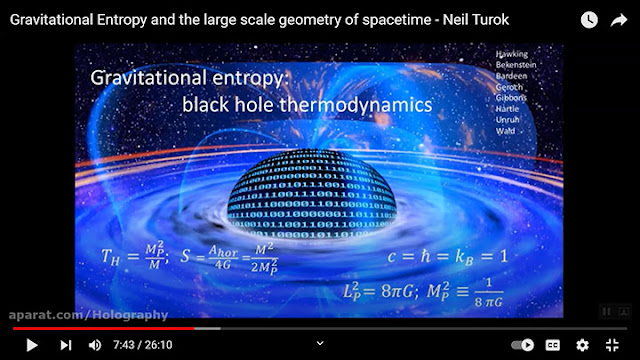Greetings from Palmia Observatory
Well, this lazy astronomer had to go out in early evening in city lights viewing and try to capture the comet again.
Attempting to see the comet in the early evening, around 8:00pm, was a little easier in that there were more almost visible stars to help navigate to where the comet should be located. In this DSLR, 30 second image with 300mm telephoto lens, you can just barely start to see more of the comet glow.
 |
| City lights view of comet, 30 seconds, no tracking, 300mm DSLR (Source: Palmia Observatory) |
But even in this cropped and expanded view of the above image, you really can't see much detail. You also start to see the limitations of using a DSLR on flimsy tripod, without tracking capability, how star trails start to be more visible and the comet image is also stretch due to Earth rotation.
 |
| Cropped image of comet, 30 seconds, no tracking, 300mm DSLR (Source: Palmia Observatory) |
But other OCAstronomers try viewing in city lights but add tracking and stacking and are able to get much better detail and resolution. Check out this image prepared by OCA Alan Long from Long Beach viewing site. He combined 41 15-second sub-images to get this final result.
 |
| City lights imaging of comet with stacking and tracking (Source: OCA Alan Lang) |
Because the motion of the comet is fast enough, it will appear to move against the background stars, unlike photographing deep sky objects like other galaxies. So this image can stack multiple images together to reduce noise, it is also necessary to compensate for the motion of the comet against the stellar background. Modern astronomical software used by amateur astronomers can easily accomplish all of this. Other local OCA members have produced great images taken from dark sky sites, but ere we see what can be done in city lights locations. Thanks for sharing, Alan!
In other science news there was a news flash about how the Earth's core had stopped spinning. WHAT? Anyway a quick Google search verified that there were a lot of YouTube headlines outlining the tragic event that the Earth's core had stopped. Check out the top four search results.
 |
| Top Google search results for Earth's core stopped turning (Source: Palmia Observatory) |
Hey, wait just a minute there in that search result number three by one of our favorite physicists to follow on YouTube, goes against the grain and says "NO, The Earth's Core didn't stop spinning." She goes on to explain that what really is happening is that more precise measurements of the rotation rate of the Earth's core changes ever so slightly over an observational period of many years. And a review of the law of conservation of momentum if the core slows down a bit, then some other part of the Earth must speed up a bit so that momentum is conserved. Now over the course of billions of years, as planets cool down and the velocity of the inner Earth changes we might indeed see "terrifying" effects as the magnetic field shuts down.
 |
| Well, Sabine helps us understand that the core has not stopped! (Source: Sabine Hossenfelder) |
I tried to review the original scientific paper, but although I subscribe to Nature, the paper was published in a special part of Nature called Nature Geoscience, so it was behind a pay wall that I did not have access to. It was also encouraging that just a little more searching revealed that other internet sites provided more correct details compared to some of the "click bait" and "false news" of the other sites.
 |
| A little more Google searching finds at least another "NO" (Source: verifythis.com) |
Finally, to come back to some more real physics, or maybe at least important and speculative physics, we read about Neil Turok's new theory, described New Scientist, Jan 28 - Feb 3, 2023, to explain the flatness of the current universe, usually attributed to inflation, can instead be better explained by good old fashioned thermodynamics and gravitational entropy.
Wow, that is pretty neat if it works out. The theory of inflation has often been thought of a "just so" story, that fits the data very well, but is never quite explained as to how inflation starts and how it stops.
Now you can go to the arXiV and read Neil's original papers or maybe more easier on the brain just listen in on some his YouTube lecture presentations. This lecture at Canadian Quantum Research Center is pretty informative, at least for the armchair cosmologies, and can be found at: https://www.youtube.com/watch?v=fij8NqdFtMI
 |
| Neil Turok explains gravitational entropy as source of flatness (Source: Neil Turok, CQRC) |
Let me know what you think about this conjecture. In this slide, Neil introduces the usual equations at the start of introducing gravitational entropy and black hole thermodynamics.
 |
| Neil Turok explains just using thermodynamics as source of flatness (Source: Neil Turok, CQRC) |
 |
| Resident Astronomer George trying to understand gravitational entropy (Source: Palmia Observatory) |
Until next time,

No comments:
Post a Comment